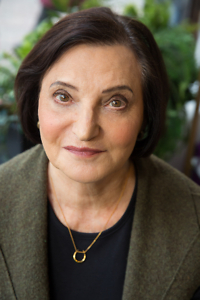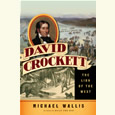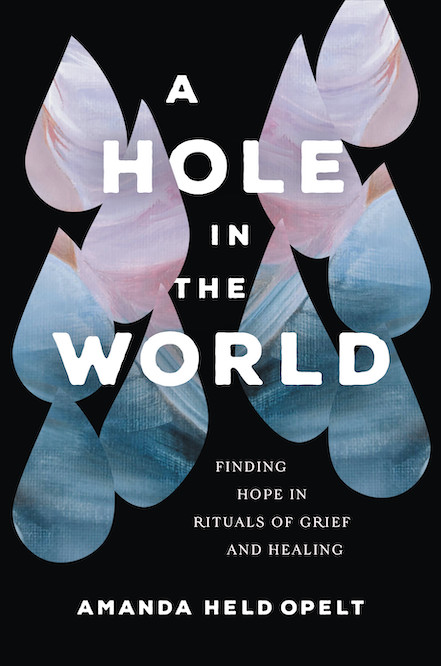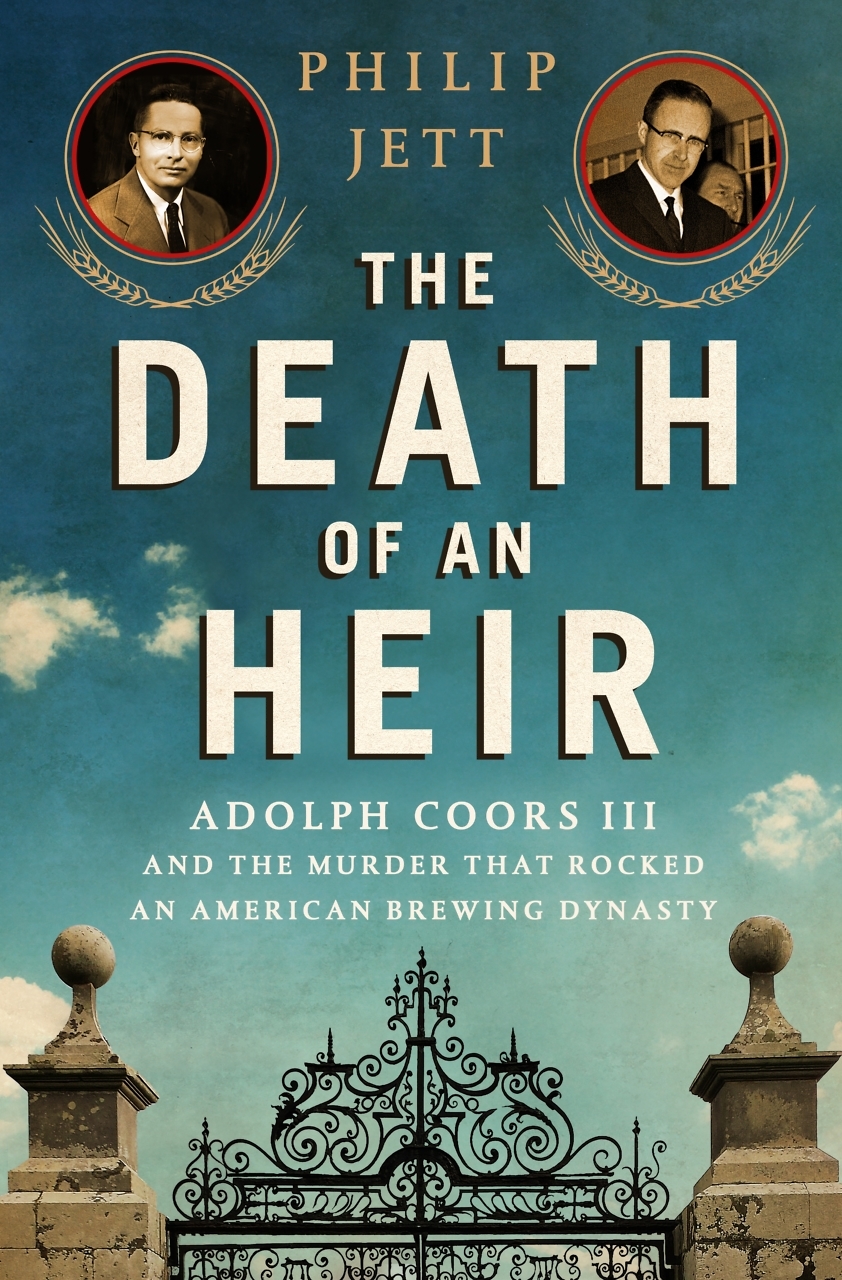Living for Style
Marjorie Garber studies Shakespeare’s influence on the Bloomsbury group of writers
Members of the Bloomsbury group gained notoriety and, for some, lasting fame as novelists, biographers, critics, artists, dramatists, and economists. As diverse as their achievements were, a single lodestar guided them to greatness: William Shakespeare. As Marjorie Garber argues in Shakespeare in Bloomsbury, the English Bard inspired those early 20th-century writers to see farther and think deeper.
 All of them — including Virginia and Leonard Woolf, Lytton Strachey, E.M. Forster, and John Maynard Keynes — read the sonnets and plays continually and made free use of Shakespeare’s poetry in their correspondence. “Pull on any thread” of the Bloomsbury story, and Shakespeare’s influence “will become visible,” Garber writes.
All of them — including Virginia and Leonard Woolf, Lytton Strachey, E.M. Forster, and John Maynard Keynes — read the sonnets and plays continually and made free use of Shakespeare’s poetry in their correspondence. “Pull on any thread” of the Bloomsbury story, and Shakespeare’s influence “will become visible,” Garber writes.
For the Bloomsbury writers, Shakespeare was, in Virginia Woolf’s phrase, “absent-present” in every aspect of their lives. He “haunts their imaginations,” according to Garber, “and makes his way, through phrase, allusion, and oblique reference, into their own writing.” They took group outings to attend Shakespeare productions and arranged social evenings around readings of the plays. Although they began as a club of Cambridge students, the Bloomsbury members cared little for academic interpretations of Shakespeare. “Bloomsbury’s Shakespeare might rather be described,” Garber avers, “as an attitude, a reading practice, and a style both of writing and of thought.”
Garber — professor emerita at Harvard and author of several works on Shakespeare — argues that, above all, Shakespeare offered the Bloomsbury group a model for literary mastery. As Woolf puts it in A Room of One’s Own, “The mind of an artist, in order to achieve the prodigious effort of freeing whole and entire the work that is in him, must be incandescent, like Shakespeare’s mind.” His poetry “flows from him free and unimpeded.” The Bloomsbury art critic Roger Fry used the term “Shakespearean” to describe works of sublime efficiency, whether in the drama of Ibsen or the painting of Rembrandt.
 In the book’s most compelling chapter, Garber studies Shakespeare’s impact on Woolf’s novels, in which characters mirror their author’s Bardic preoccupations. Early in Mrs. Dalloway, the protagonist sees in the window of a bookshop a volume of Shakespeare, and her eyes alight on a couplet from Cymbeline: “Fear no more the heat o’ the sun / Nor the furious winter’s rages.” Garber observes that Clarissa recalls those lines on three later occasions, each of them a meditation on loss (“the dwindling of life”), with Shakespeare offering consolation. In To the Lighthouse, Woolf has a character read Sonnet 98, about absence and longing, foreshadowing her own death in the novel’s next section. Garber argues that “these citations of Shakespeare, however brief, are strongly indicative, and if the characters miss something of their relevance, Woolf makes sure the readers will not.”
In the book’s most compelling chapter, Garber studies Shakespeare’s impact on Woolf’s novels, in which characters mirror their author’s Bardic preoccupations. Early in Mrs. Dalloway, the protagonist sees in the window of a bookshop a volume of Shakespeare, and her eyes alight on a couplet from Cymbeline: “Fear no more the heat o’ the sun / Nor the furious winter’s rages.” Garber observes that Clarissa recalls those lines on three later occasions, each of them a meditation on loss (“the dwindling of life”), with Shakespeare offering consolation. In To the Lighthouse, Woolf has a character read Sonnet 98, about absence and longing, foreshadowing her own death in the novel’s next section. Garber argues that “these citations of Shakespeare, however brief, are strongly indicative, and if the characters miss something of their relevance, Woolf makes sure the readers will not.”
Garber demonstrates that Shakespeare offered the Bloomsburys opportunities to explore new modes of thought. They debated the merits of watching Shakespeare with the private experience of reading him. Woolf concluded that reading allows us “to develop faculties that the play left dormant.” Shakespeare on the page “gives a different pace to the mind. We are in a world where nothing is concluded.” In his biography of Queen Victoria, Lytton Strachey uses Shakespeare as litmus test for the queen’s self-awareness. At a performance of King Lear, Victoria “preferred to chatter and laugh with the Lord Chamberlain. But as the play went on, her mood changed: her attention was fixed, and then she laughed no more … it seemed a strange, horrible business.” Indeed. In book after book, Bloomsbury writers invoke “Shakespeare” as a means “to make an observation about something else,” in fields as diverse as politics, modern fiction, and art.
The Bloomsbury group treated Shakespeare’s works as secular scripture, a font of wisdom. To Woolf, heroines such as Rosalind and Lady Macbeth present an unsolvable paradox: How can women possess “initiative,” even “dominance,” on stage, whereas “in real life a respectable woman could hardly show her face alone in the street”? To Fry, Shakespeare’s characters reveal the truth that individuals don’t have stable, singular identities but “many and conflicting ‘true selves.’”
Such insights are secondary to the Bloomsbury group’s obsession with Shakespeare’s style. Emulating him meant taking on the Olympian task of simultaneously compressing ideas “with an unparalleled economy of words” and expressing oneself fully. Striking this balance requires a relentless commitment to beauty. According to Strachey, Shakespeare achieved this pure state in his late works: “At last, it was simply for style that Shakespeare lived; everything else had vanished.”
For fans of Shakespeare, Garber’s book adds new facets to the plays (notably Antony and Cleopatra) that were favorites of the Bloomsbury group. For readers of Woolf and her friends, Garber provides a key to understanding their literary ambitions. As she makes clear, the connection was intimate: The Bloomsbury writers viewed Shakespeare as one of their own, like a “college chum” with whom they charted far-flung adventures.

Sean Kinch grew up in Austin and attended Stanford. He earned a Ph.D. from the University of Texas. He teaches English at Montgomery Bell Academy in Nashville.


